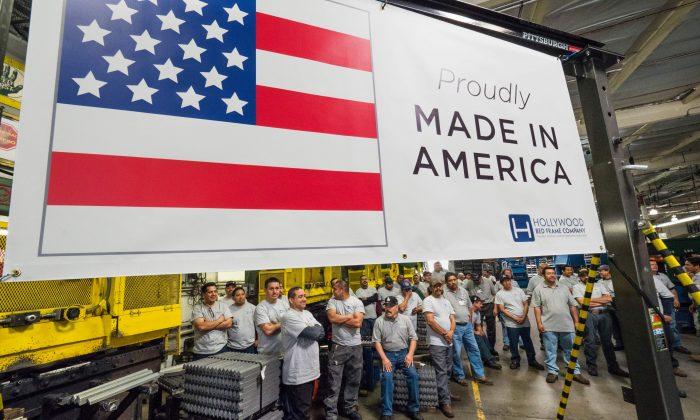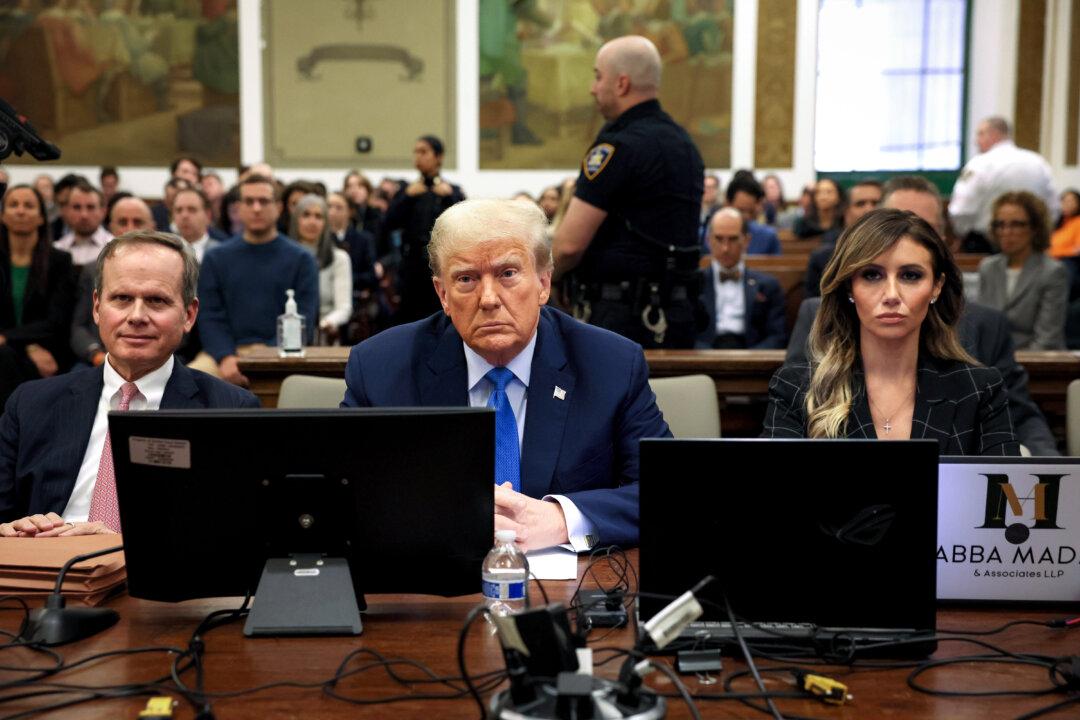But the underlying assumptions of economic growth or contraction aren’t always as solid as we like to think they are. And regardless of status quo bias, change happens. That’s exactly what’s happening with the global economy.
China’s Growth Model Falters
The Chinese economy is slowing and it’s slower than the Chinese Communist Party (CCP) can afford to admit. And it’s getting worse. Not only is their productivity efficiency lower than it was pre-financial crisis, but they’re experiencing rising labor and manufacturing costs, too. China’s vaunted manufacturing base is losing business to lower-cost competitors in the region.The recent trend of companies—especially U.S. companies—looking elsewhere to build their factories is also growing. Some are even moving their plants back to the United States. Firms all over the world are tired of the intellectual-property surrender that comes with doing business there. That’s becoming another very big factor in their decisions to build or not to build in China.
But viewed from a different angle, maybe Chinese consumers are living down to their expectations. Consumer confidence plays a big role in consumption habits. The CCP may not quite grasp the concept of how consumer sentiment drives consumption habits. But even if they do, in this new era of China’s Orwellian consumer credit system, who wouldn’t feel less confident about the future?
Eurozone’s Economies Shrinking
According to European Union (EU) economists, the decade after the financial crisis has seen the eurozone lose economic activity the size of Spain. Germany, Italy, and France are seeing their economies shrinking. That means fewer people working, less capital investment, and a smaller potential eurozone economy going forward. Worse, they believe that this economic contraction is permanent.China’s Slowdown and Brexit Hurt Europe
China is the EU’s second biggest export market behind the United States, so a slowdown in China means fewer exports from Europe. It’s likely that China’s contraction only adds to the eurozone’s economic challenges. Given the systemic nature of China’s economic woes, the EU should not expect exports to China to rescue its economy anytime soon.But Brexit is the eurozone’s biggest economic challenge, with the UK leaving the EU in one fashion or another. The direct economic impact is considerable. London may see less financial business from Europe. How much less is open to debate. Similarly, jobs will be lost on some fronts, but gained on others.
America’s New Direction
Depending on which economist you believe, a U.S. recession is just around the corner. But at the macro level, the U.S. economy is still doing well. Most of the major indicators are positive: GDP growth is around 3 percent, unemployment levels are lowest in 50 years, inflation as of Feb. 1 is 1.6 percent, income levels growing at the fastest rate in a decade, and of course, the record stock market performance can’t be ignored either.This rosy picture is more than a little due to the Trump factor. He is the singular force driving the America First economic policies. In practice, that list includes withdrawing from the Paris Climate Agreement unfairly burdening U.S. business and taxpayers, the TTP multilateral trade agreement that would have done the same as well as reduce U.S. sovereignty, and of course unwinding the one-sided trade deals with China and adding high tariffs to Chinese goods.
How much has this changed the game?
The American economy is booming. American manufacturing is also returning in fits and spurts. As for migration, Trump is in a titanic political struggle with the left in Congress to staunch the flow of illegal immigration into the country. Building the wall is just a part of that policy.
But it’s not all good news. The U.S. economy remains threatened by its ever-growing national debt. It recently surpassed the $22 trillion figure. That’s a huge deal. The interest payments alone on the debt are in the neighborhood of $365 billion. As interest rates rise, as well as the debt, so will the cost of servicing the debt. In a nutshell, as debt service rises, potential investment falls.
And, by definition, recessions are preceded by strong economic figures that then turn into weak ones. Some say that’s where the U.S. economy is right now.
That sounds rather dire, doesn’t it? Well, it is, except for one detail. We live in a relative world.
The U.S. national debt is a travesty. But when you compare the state of the U.S. economy to that of China and the eurozone, the American economy is growing and theirs are not. Growing economies attract capital and tend to grow more.





